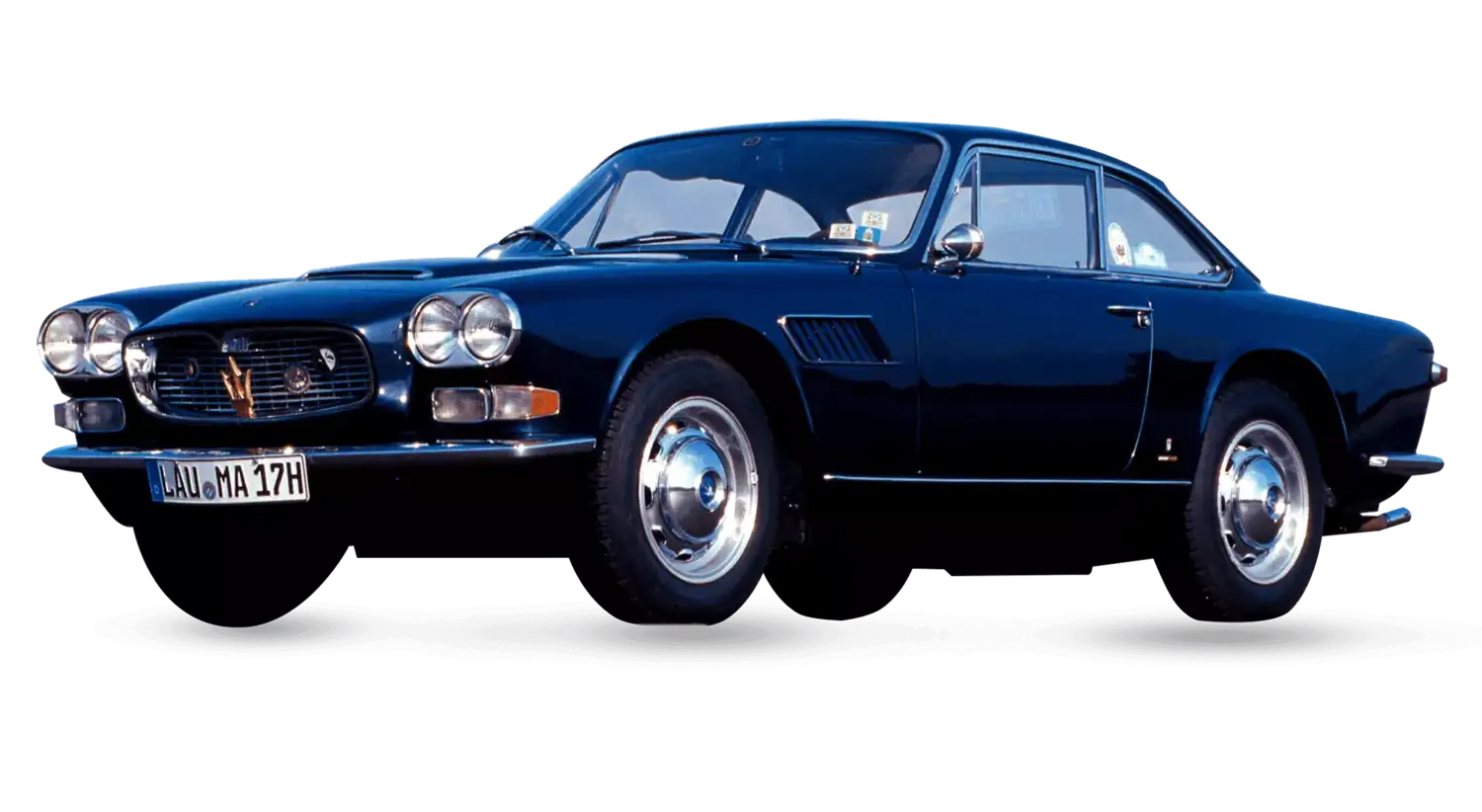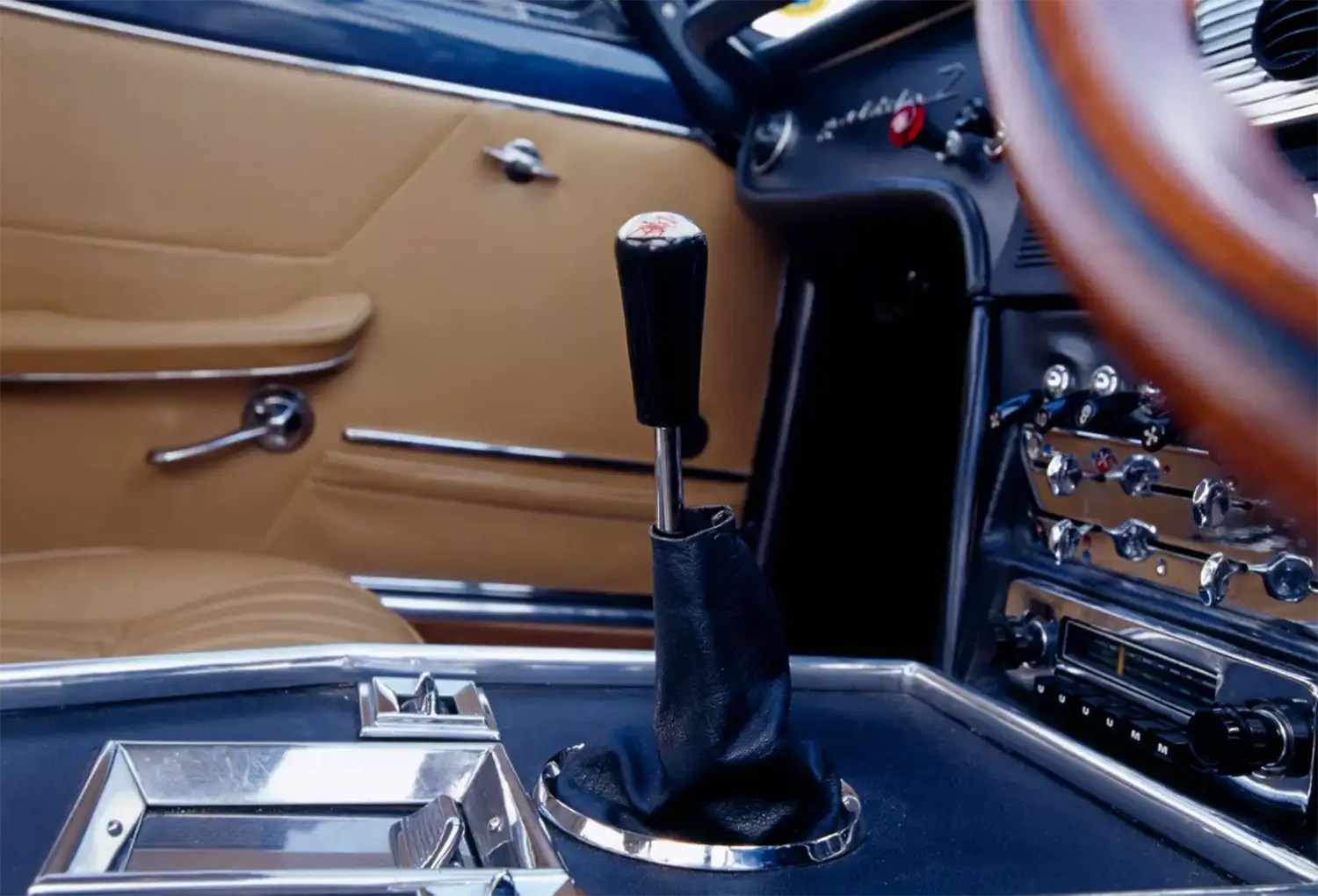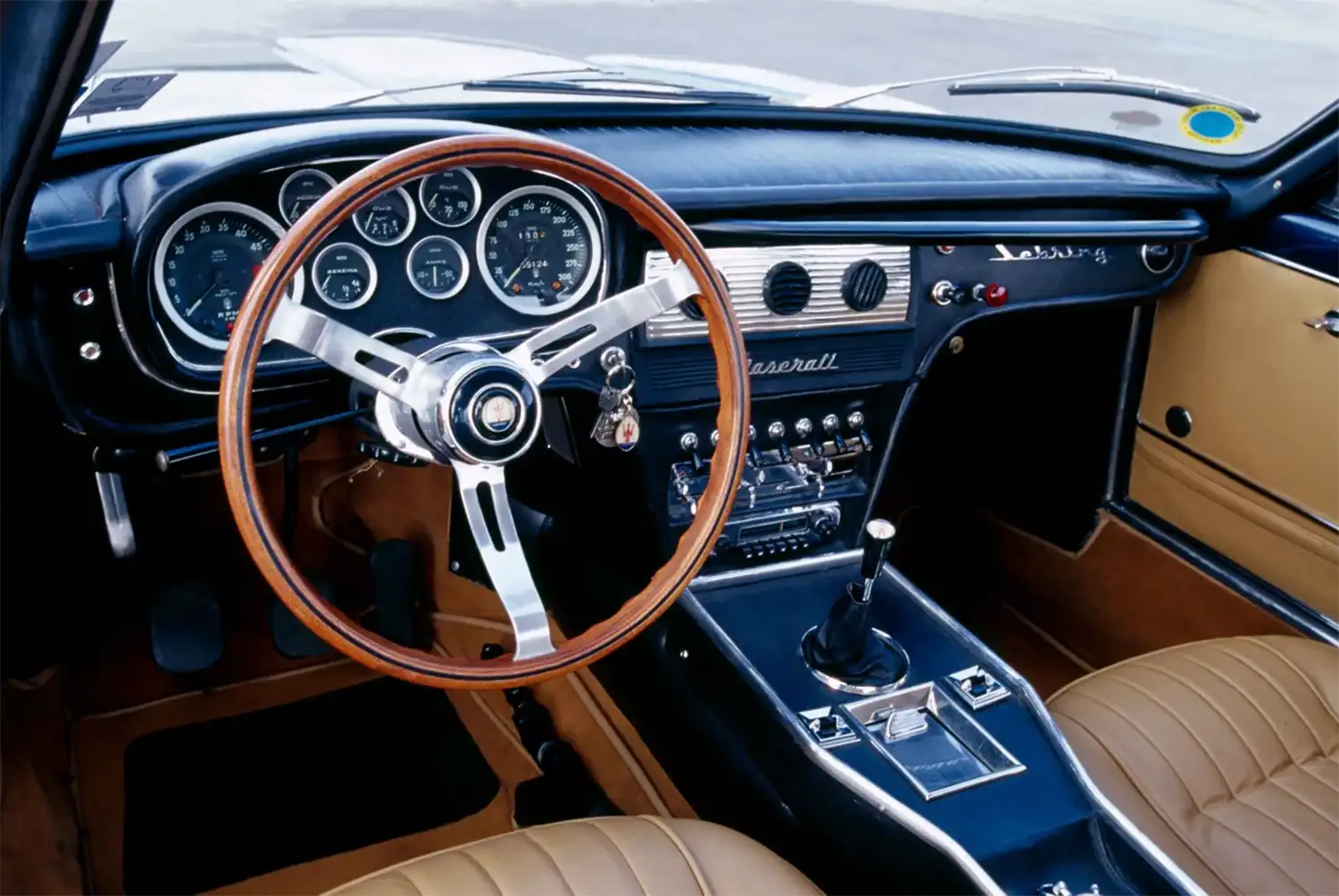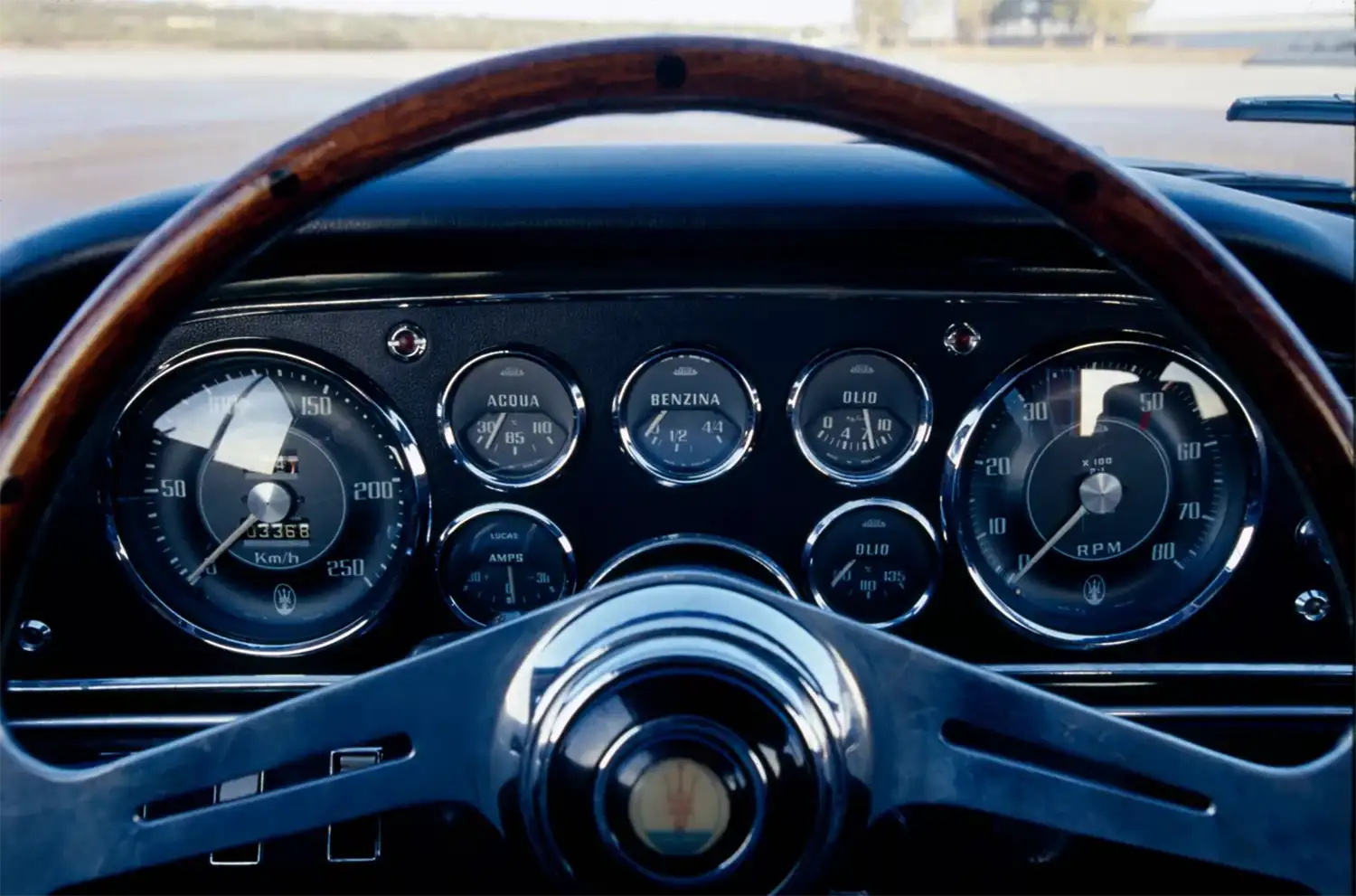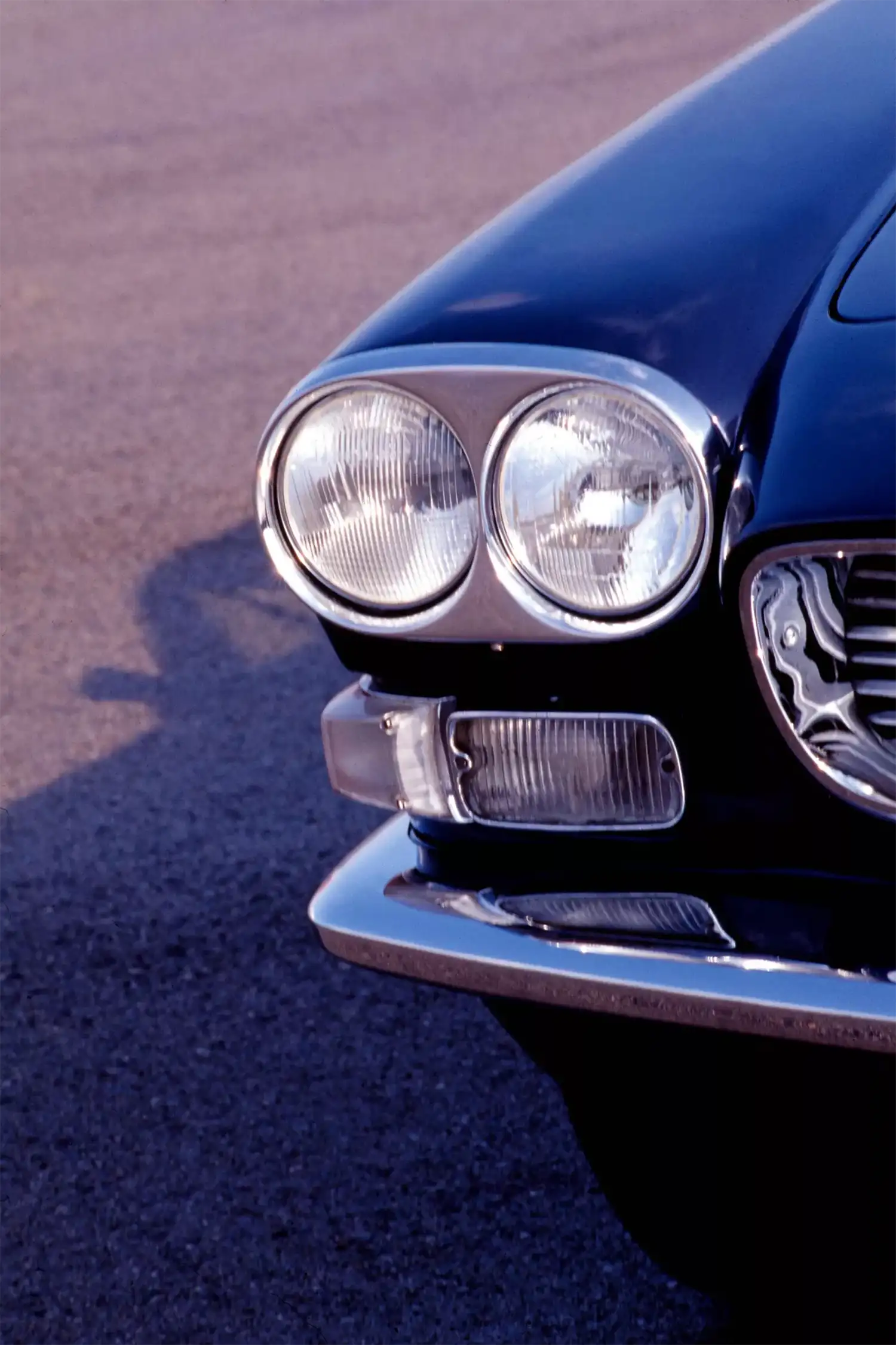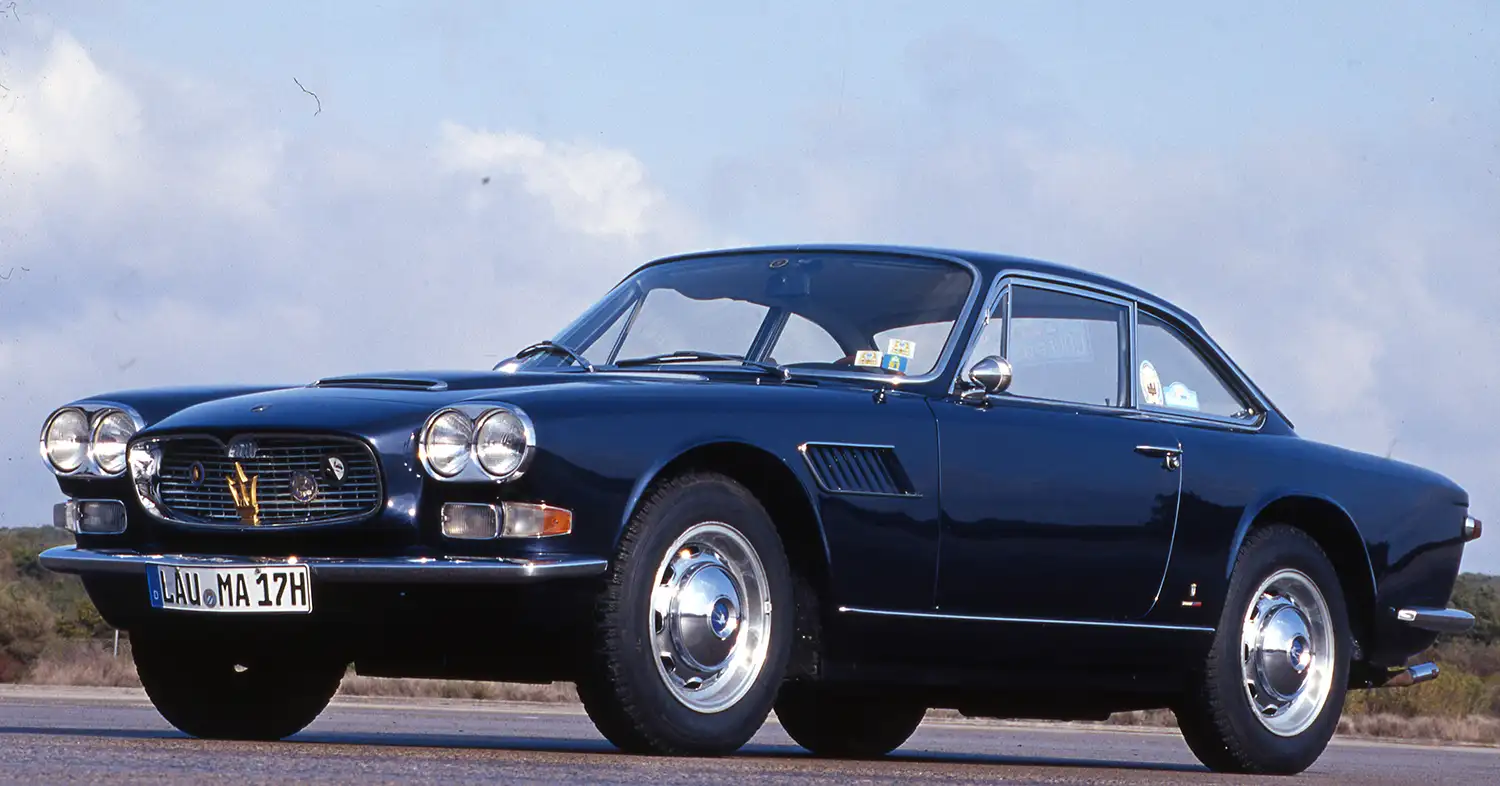
The Maserati Sebring, first introduced in 1962, underwent significant updates with the launch of its second series in 1964. This iteration brought both stylistic and mechanical improvements, further establishing the Sebring as a luxurious yet powerful grand tourer. Designed by Giovanni Michelotti at Vignale, the Sebring retained its graceful 2+2 berlinetta form, while embracing subtle but impactful changes that enhanced both its performance and aesthetic appeal.
Design Enhancements
For the second series, the Maserati Sebring adopted a refreshed look. The most notable changes included a redesigned front end featuring chrome surrounds for the twin round headlights, a new hood intake, and repositioned side vents higher up on the front fenders. At the rear, new taillights reminiscent of those found on the Quattroporte gave the Sebring a modern and cohesive identity within Maserati’s lineup. These updates added a sharper, more distinctive character to the Sebring, making it stand out in a crowded market of grand touring cars.
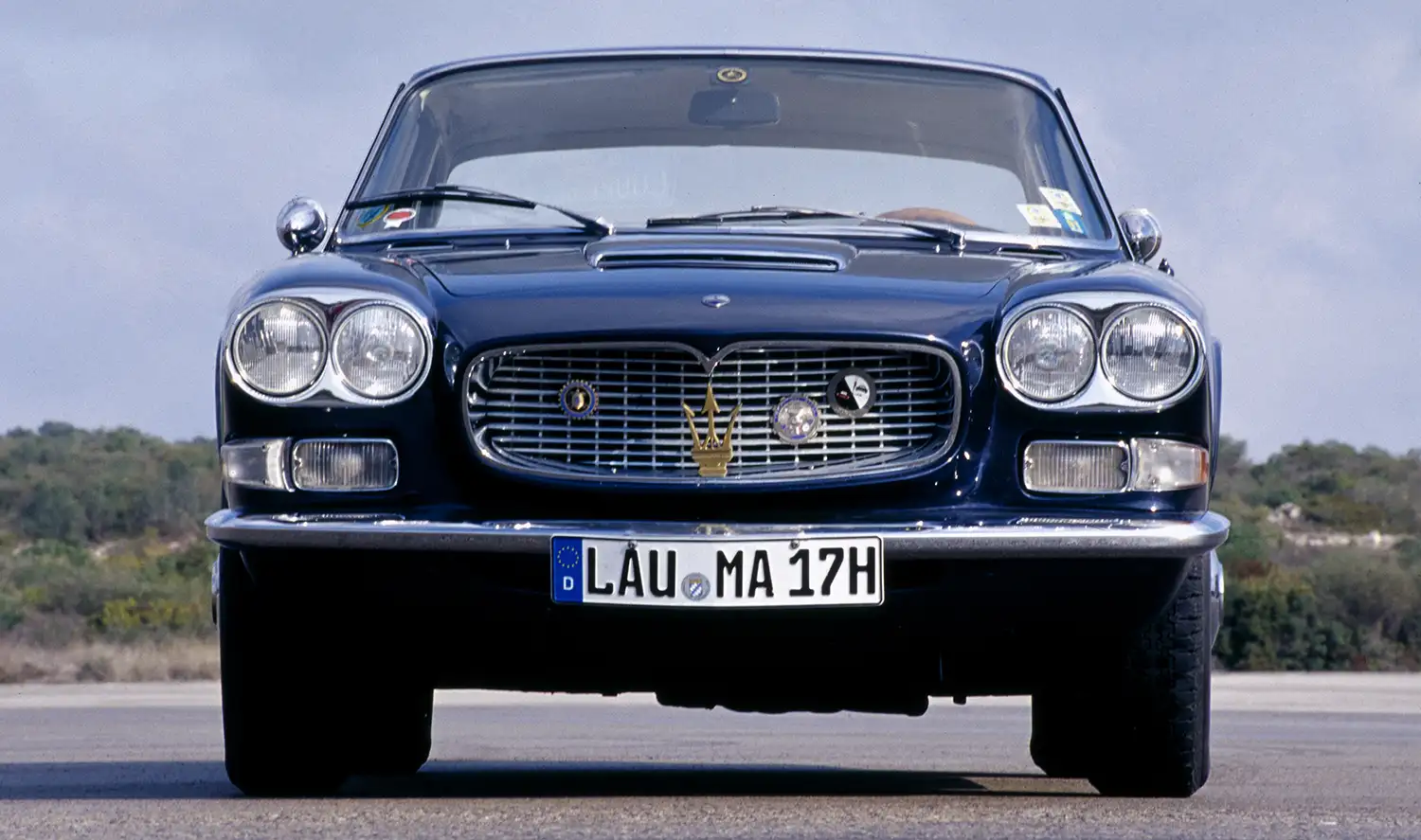
Engine Upgrades and Performance
While the first series Sebring was powered by a 3.5-liter inline-six engine, the second series offered more powerful options, drawn from Maserati’s Mistral coupe. Buyers could now choose between the original 3.5-liter engine and larger 3.7-liter and 4.0-liter variants. These engine choices provided significant boosts in performance, with the 3.7-liter unit producing 245 horsepower and the 4.0-liter delivering an impressive 265 horsepower.
- Sebring 3.5 (1964-1967): Powered by a 3.5-liter straight-six engine, the Sebring produced 235 horsepower and reached a top speed of 235 km/h (146 mph).
- Sebring 3.7 (1965-1968): The larger 3.7-liter engine increased output to 245 horsepower, pushing the top speed to 240 km/h (149 mph).
- Sebring 4.0 (1966-1968): The most powerful of the series, the 4.0-liter straight-six engine produced 265 horsepower and reached a top speed of 250 km/h (155 mph).
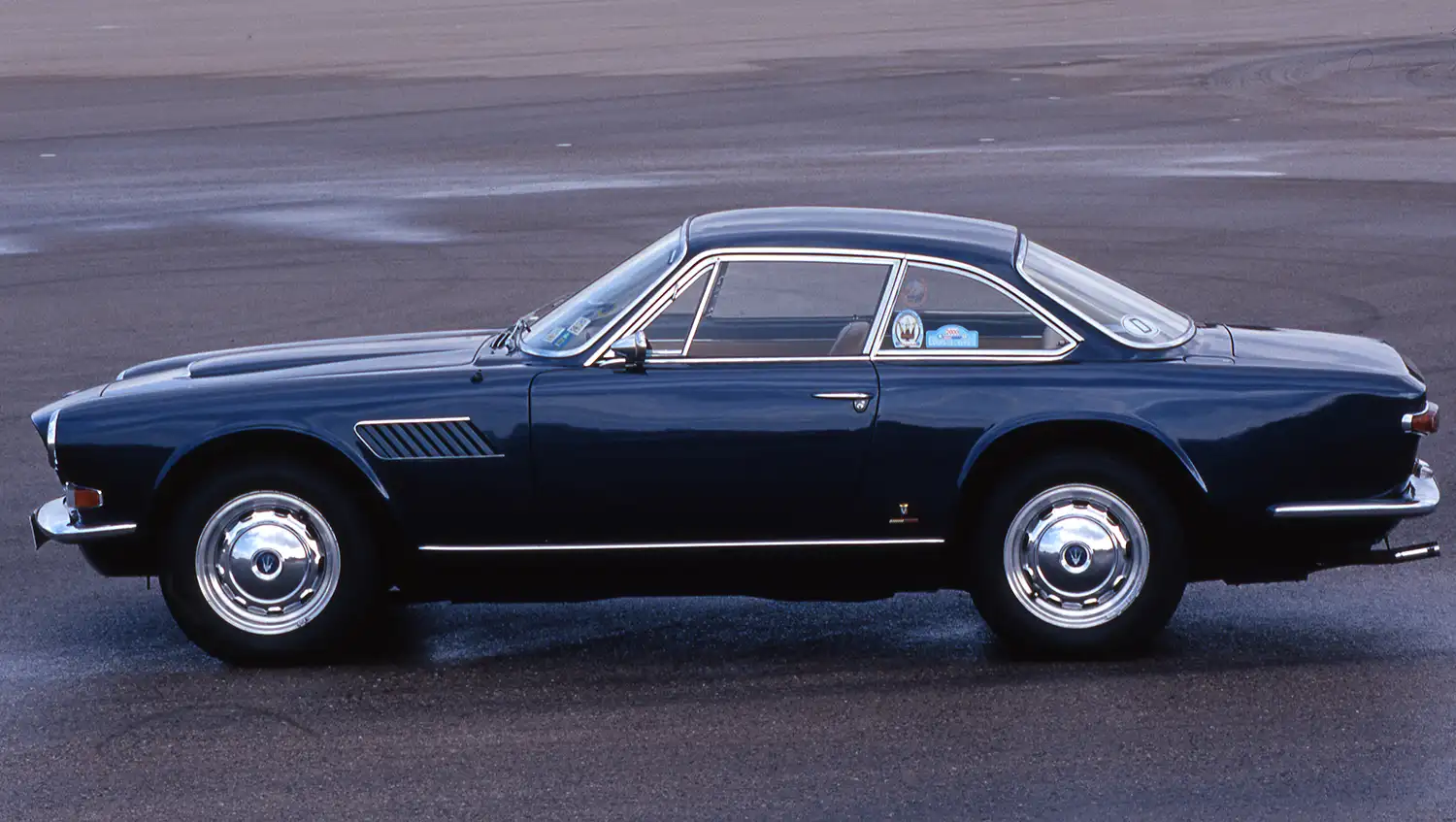
Each variant retained the tubular steel ladder-frame chassis, ensuring both rigidity and lightness, with a dry weight of 1,520 kg across the range. These technical enhancements made the Sebring a highly capable touring car, delivering a fine balance of luxury and performance.
Prestige and Legacy
With a total of 598 examples produced between the two series, the Maserati Sebring remains a rare and coveted classic. The second series, in particular, saw notable buyers such as world-renowned opera star Luciano Pavarotti and crystal glass magnate Adrian Swarovski, adding to the car’s allure and prestige.
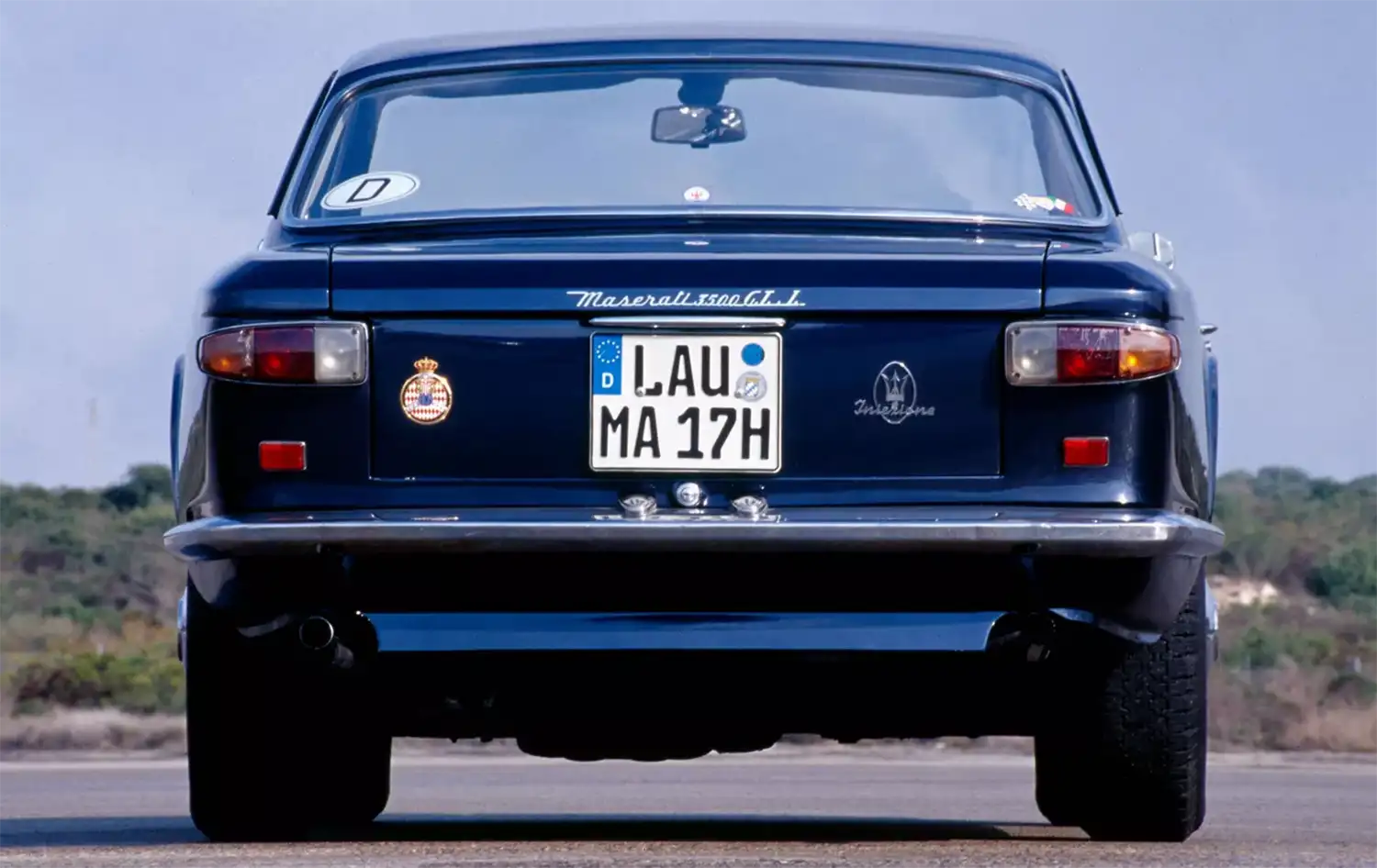
Production of the Sebring gradually tapered off after 1967, as Maserati shifted focus to the more modern Ghibli. However, the Sebring’s legacy endures as one of the brand’s most elegant and refined grand tourers, blending Italian craftsmanship with racing-inspired performance.
Conclusion
The 1964-1968 Maserati Sebring (Second Series) stands as a testament to Maserati’s dedication to luxury, style, and engineering. With its exquisite design, powerful engine options, and association with famous clientele, the Sebring continues to hold a special place in the world of classic grand touring cars. Whether equipped with the 3.5, 3.7, or the rare 4.0-liter engine, the second-series Sebring exemplified Maserati’s blend of sophistication and performance that still resonates with collectors and enthusiasts today.
Source: Maserati
This Article use tools from Chatgpt
